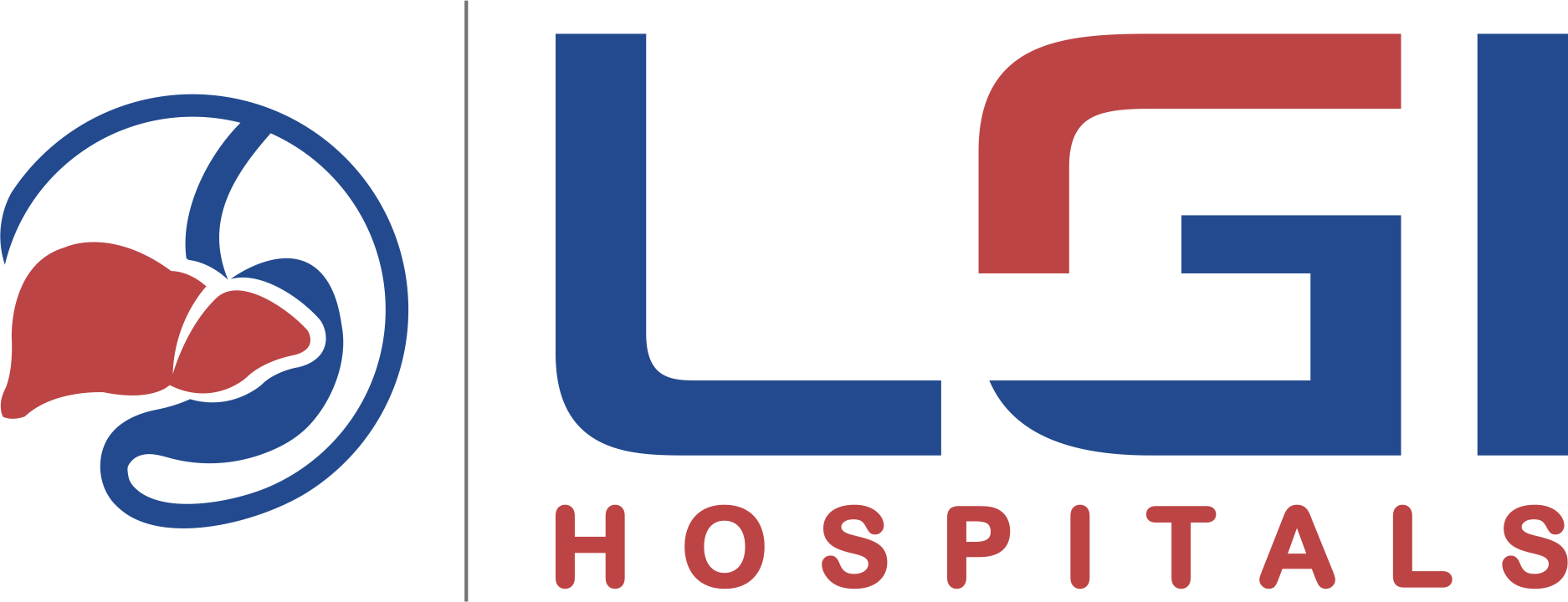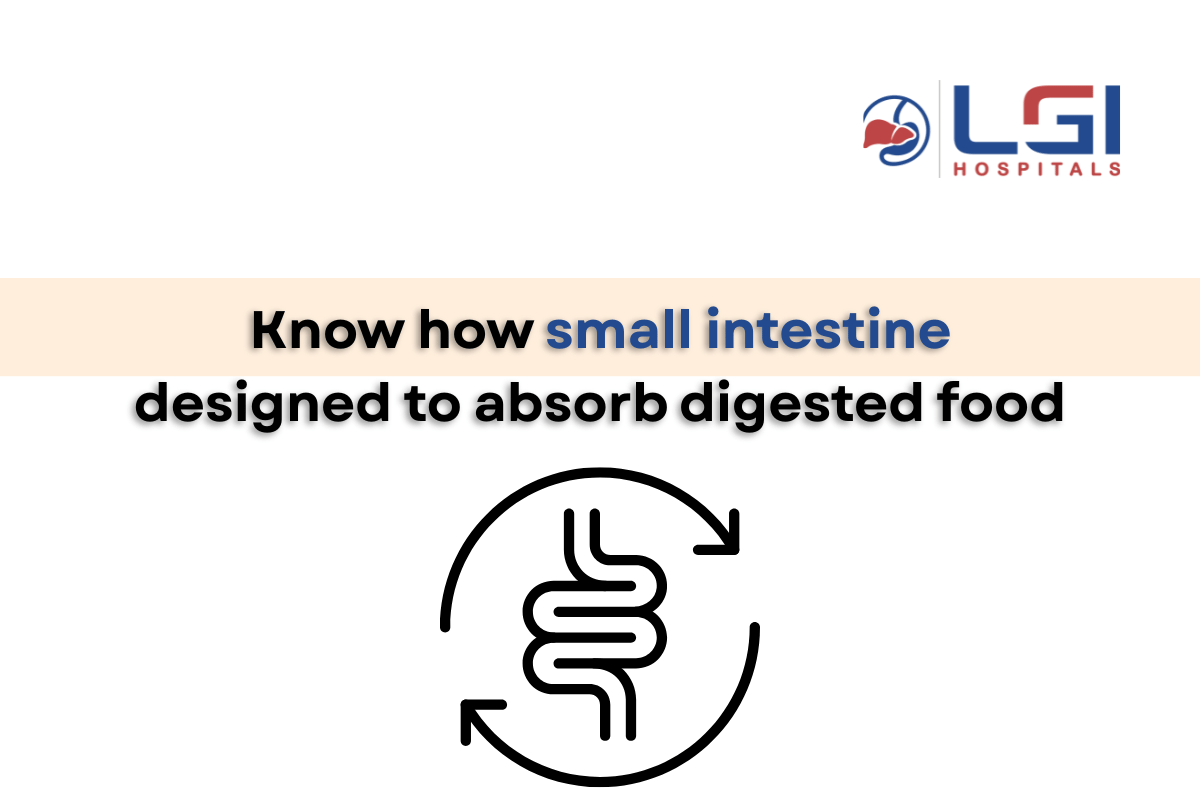Ever wondered how the food you eat actually nourishes your body? The answer lies in your small intestine. This vital organ plays a crucial role in extracting nutrients from food. In this blog, we’ll explore how the small intestine is designed to absorb digested food and why its structure is so efficient for nutrient absorption.
The Role of the Small Intestine in Digestion
The small intestine is the longest part of the digestive tract, measuring about 6 meters in adults. After the stomach breaks down food into a semi-liquid mixture called chyme, this mixture enters the small intestine. Here, enzymes from the pancreas and bile from the liver further digest the food, making nutrients small enough to be absorbed.
How Is the Small Intestine Designed to Absorb Digested Food Efficiently?
The small intestine has several unique features that make it highly specialized for absorption:
- Villi and Microvilli
The inner walls of the small intestine are lined with tiny, finger-like projections called villi. Each villus is covered with even smaller projections called microvilli. This dramatically increases the surface area, enhancing absorption.
- Large Surface Area:
Thanks to the villi and microvilli, the small intestine has a surface area of approximately 250 square meters—larger than a tennis court!
- Rich Blood Supply:
Capillaries within each villus absorb amino acids and sugars, transporting them into the bloodstream quickly.
- Lymphatic Vessels:
These vessels absorb fatty acids and vitamins that are not water-soluble, like Vitamin A, D, E, and K.
- Thin Epithelium:
The wall of the small intestine is just one cell thick, making nutrient transfer quick and efficient.
How Different Nutrients Are Absorbed
Each type of nutrient has a specific absorption mechanism:
- Carbohydrates: Broken down into simple sugars like glucose, which are absorbed into the blood through villi.
- Proteins: Digested into amino acids and absorbed similarly through capillaries.
- Fats: Emulsified by bile, digested by enzymes, and absorbed into lymphatic vessels.
- Vitamins & Minerals: Absorbed in different sections of the small intestine depending on their type.
What Happens to Food After Absorption?
Once nutrients are absorbed, they enter the bloodstream or lymphatic system. Blood carrying amino acids and sugars goes to the liver for processing via the portal vein.As fats travel through the lymphatic system before entering the blood, they undergo an important journey. Once in the bloodstream, these nutrients are efficiently delivered to cells throughout the body, where they play a crucial role in producing energy, building tissues, and supporting vital functions.
Factors That Affect Absorption in the Small Intestine
Diseases: Conditions like celiac disease and Crohn’s disease damage the villi, reducing nutrient absorption.
- Infections: Bacterial or parasitic infections can irritate the lining.
- Diet: Poor diet, lack of fiber, and dehydration can slow absorption.
- Medications: Some medications interfere with the absorption of nutrients.
Key Takeaways
The small intestine is a marvel of biological design, built to maximize the absorption of digested food. Its villi, microvilli, extensive blood supply, and specialized structures work together to ensure your body gets the nutrients it needs.
FAQs About Small Intestine and Digestion
Q. How long is the small intestine?
A. It is about 6 meters (20 feet) long in adults.
Q. What happens if the small intestine can’t absorb nutrients properly?
A. It can lead to malnutrition, weakness, and digestive issues.
Q. Are there any parts of the body other than the small intestine that absorb nutrients?
A. The stomach and large intestine absorb a few substances, but the small intestine handles the majority.
Need Help with Digestive Issues?
If you’re experiencing digestive problems or facing nutrient deficiencies, it’s important to take action. Don’t wait—consult our experts at LGI Hospitals for the care you need. Book an appointment today.

